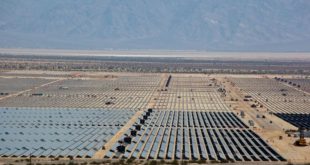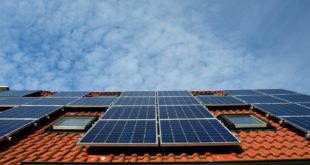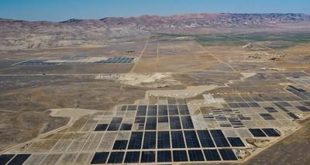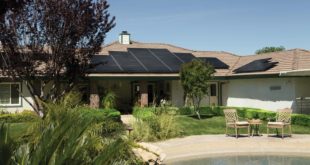No one has a doubt that our planet is facing all round environmental degradation due to human intervention. However, there is a growing realization now that all this needs to be stopped and reversed. Hence, there are ways to find out about the eco-friendly, green, sustainable, alternative and renewable energies and technologies, which can contribute to make things better. There is a strong belief that the technological innovation and intervention in renewable sources of energy like sun, wind, ocean thermal gradient, tides, etc. can help us out in this situation. Out of these, the solar energy is, perhaps, the most important.
The utilization of the solar energy is currently being done by two technologies:
a) the photo-voltaic technology, and
b) the solar thermal technology.
The photovoltaic (PV) technology is used to make solar panels and it involves the conversion of solar rays into electricity which, in turn, is used for running a variety of electrical appliances. The thermal technology, however, directly converts the solar rays into power as in solar cookers.
PV solar panels come in three types of thin film varieties: mono- crystalline, multi-crystalline, and amorphous. A PV cell is made up of one or more layers of semi-conducting material, which is more often silicon, an expensive but indispensable proposition. On reception of sunlight, an electric field develops across the silicon chip layers resulting in a flow of electricity. Normally, two designs of panels are available, flat-plate and concentrator. The PV Solar panel can produce some electricity even under cloudy conditions. The intensity or strength of PV cells is measured in terms of kilowatt peak (KWP). Thin films cost less to produce than silicon cells as they are made up of wafer thin layers of photosensitive material, and the manufacturing process consumes less energy. Thin films can be embedded in roof shingles, windows, and sidings.
The solar panels can be installed on the roof tops of the buildings that do not come under the shadow of any other building or something else. They should preferably be south facing. The panels are mounted on poles or platforms and cover considerable area.
Before opting for this type of technology, a reasonable assessment of the power requirement shall be made. The cost-benefit analysis shall be done duly considering expenses like the initial capital outlay, installation, and regular maintenance cost of the solar panels, the benefits like the tax credits and subsidies from the government, savings from the monthly electricity charges, etc. Social and environmental factors like reduction in pollution, reduction in global warming, dependence on fossil fuels, etc. shall also be considered. The benefits far outweigh the costs in the long run.
These panels can be used to run a variety of appliances at home and at commercial establishments like the bulbs/CFLs, solar geysers, solar cookers, water pumps, fans, traffic signals, heating and cooling systems of the building, etc. However, it shall be noted that the panels function best when these are utilized optimally, which means that these are not used to run high-wattage appliances if the installed capacity is less.
To top it all, the electricity generated by the alternative renewable sources of energy including the solar panels can be sold to the power company and this means generation of regular income for the individual. So, these have earning potential as well.
Is earth4energy scam? Find out the true |earth4energy review| on http://www.squidoo.com/earth4energyscamrevealed. Best |earth4energy review| available on the internet. Click here to find more about |earth4energy review|
 Alternative Energy HQ solar power for homes, wind energy, and bio fuel issues
Alternative Energy HQ solar power for homes, wind energy, and bio fuel issues






